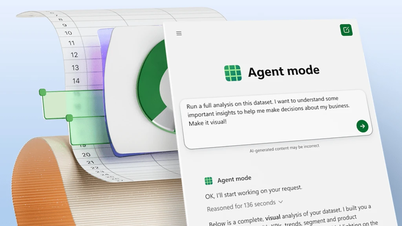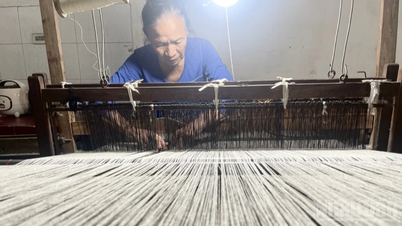Scientists in Australia have for the first time used artificial intelligence to create a protein that can kill antibiotic-resistant bacteria such as E. coli. This is part of a global trend of AI applications in protein design, which is growing rapidly in the US, China and now Australia.
The system used is an AI platform that specializes in designing proteins on demand. Unlike traditional methods that rely on protein templates available in nature, the new system allows for the design of protein chains with the exact structure and function required from scratch. Just enter the target parameters, the AI will generate suitable structures within seconds and can move to the testing phase.

This research focuses specifically on killing superbugs – bacteria that have become resistant to most existing antibiotics. Developing new antibodies by synthesizing proteins from AI is expected to change the landscape of treating infections in the future.
In addition to their ability to kill bacteria, AI-designed proteins are also used in many other fields such as vaccine production, biosensors, biomedical nanomaterials, or industrial enzymes. This process takes advantage of the ability to simulate molecular structures with high precision from deep learning models, combined with open-source software to increase flexibility and popularity.
Unlike traditional methods that require thousands of trials and errors in the lab, the new system can simulate the entire chain of chemical reactions and protein folding structures right on the computer. From there, only samples with high activity potential are selected for real-world testing. This method saves time, costs and human resources in the process of researching new drugs.
In addition, AI also helps to significantly improve protein stability and efficiency through optimizing molecular structures. Some new tools such as Bindcraft or Chai allow to simulate the interaction between proteins and biological targets, thereby selecting the highest-performing models. These platforms are gradually being integrated into protein design programs in many countries.
In Australia, the AI design platform is expanding, focusing on the ability to mass produce proteins on demand, serving clinical research and the pharmaceutical industry. By proactively mastering the technology, the country hopes to reduce the cost of importing biological products, while improving the capacity to produce new generation drugs.
AI’s ability to create proteins in seconds not only speeds up the research process, but also opens the door to treatments that were once considered impossible. From rare diseases, to cancer, to antibiotic resistance, all can be approached with a completely different approach: designing molecules from scratch, without having to copy nature.
This is considered an important step forward not only for the biomedical industry but also for the entire global health system in the context of the world facing new threats from epidemics, drug resistance and rising treatment costs.
Source: https://khoahocdoisong.vn/ai-tao-ra-protein-cuu-nguoi-trong-vai-giay-post1555403.html























![[INFOGRAPHIC] RedMagic 11 Pro, Gaming monster with real water cooling](https://vphoto.vietnam.vn/thumb/402x226/vietnam/resource/IMAGE/2025/12/06/1764992569071_thumb-dien-thoai-redmagic-11-pro-jpg.webp)



![[Photo] National Assembly Chairman Tran Thanh Man attends the VinFuture 2025 Award Ceremony](/_next/image?url=https%3A%2F%2Fvphoto.vietnam.vn%2Fthumb%2F1200x675%2Fvietnam%2Fresource%2FIMAGE%2F2025%2F12%2F05%2F1764951162416_2628509768338816493-6995-jpg.webp&w=3840&q=75)











































































Comment (0)